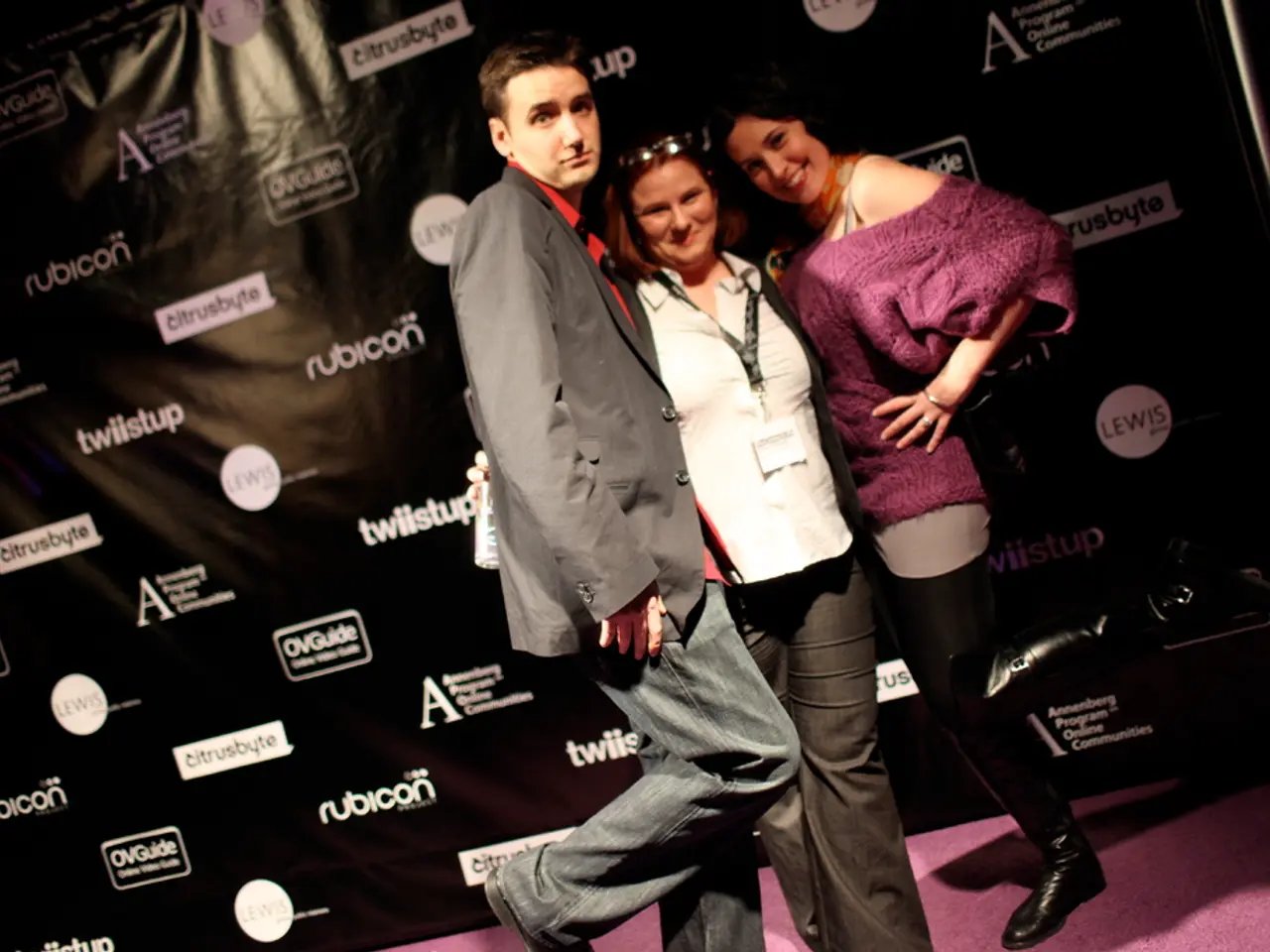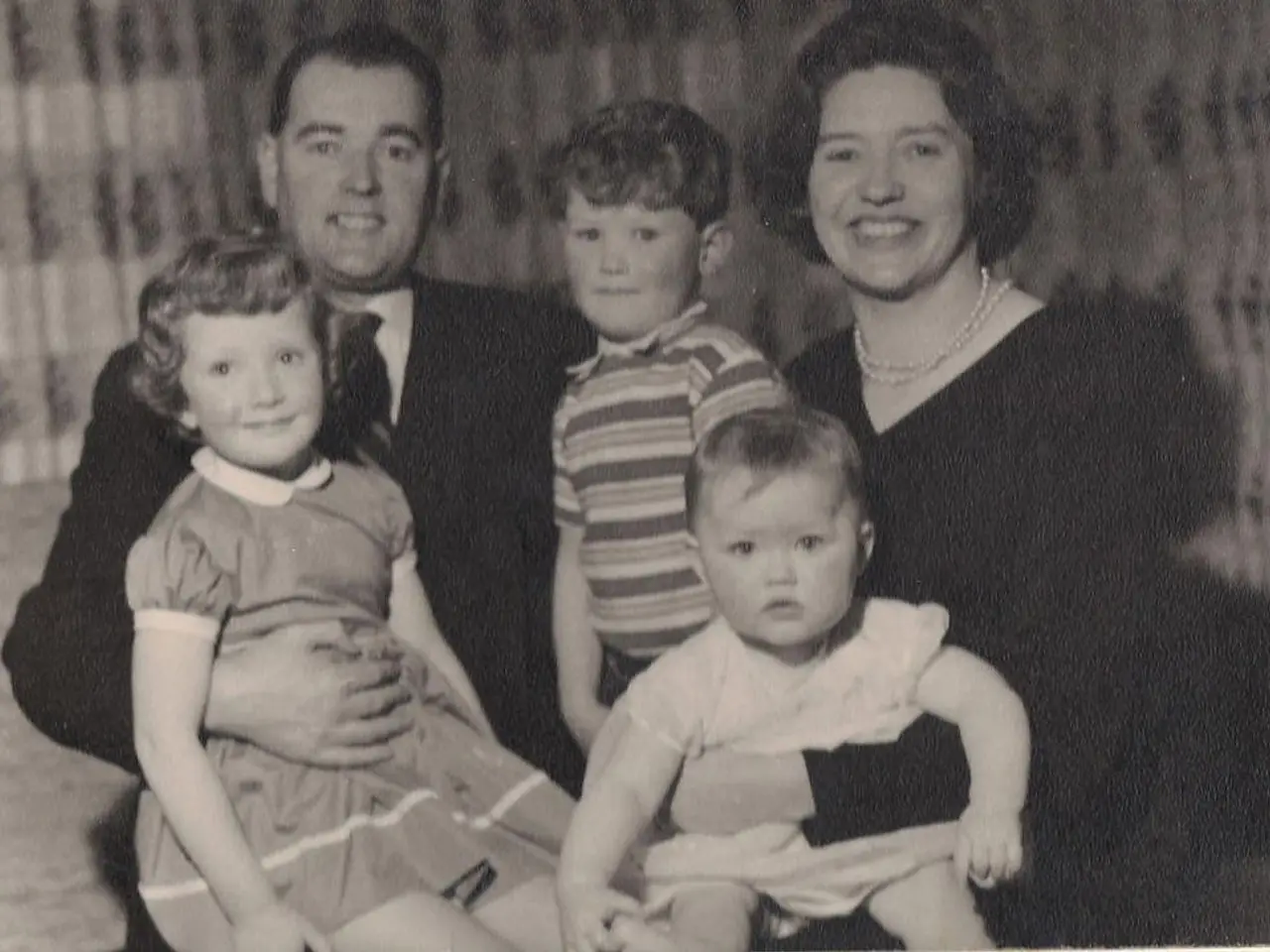American Eagle's Sydney Sweeney Marketing Strategy Evaluated by Advertising Industry
In a move that has sparked heated discussions and debates within the advertising industry, American Eagle's latest fall campaign featuring actress Sydney Sweeney has found itself at the centre of a controversy.
Emily Gray, founding partner at Untangld, argues that the campaign plays into a tired trope and that the bigger issue is lack of imagination, not intent. She suggests that the campaign's success indicates a worrying trend of inclusivity sliding off the agenda and a resurgence of Y2K nostalgia.
On the other hand, Geoff McHenry, head of strategy at 72andSunny NY, believes American Eagle did not intend harm with the campaign but emphasizes the importance of being considerate and empathetic towards public perception. He also stresses the importance of having diverse perspectives in the creative process to anticipate cultural conversations and ensure intentions match public perception.
The ads promoting Sweeney have become a political flashpoint. Critics on the left claim the ads promote eugenics, while on the right supporters, including President Donald Trump, praise the U.S. company. Jamie Stark, group creative director at Quality Meats, believes the campaign is an attempt at oversexualization and objectification of women.
Katie Hunter, managing partner at Wonderhood Makers, criticizes American Eagle's campaign for being tone-deaf and not taking cultural sensitivities into account. Sol Ricagni, vice president of creative and managing director at Migrante, finds the campaign's reactions polarized and believes it's important for brands to be aware of the bigger cultural picture.
Will Lion, chief strategy officer at BBH London, suggests the backlash is due to outrage farming and that the ads are a simple, effective marketing strategy. However, many in the middle consider the uproar exaggerated, noting that American Eagle intended the campaign simply to highlight their denim.
Despite the divided opinions, the controversy has had tangible negative impacts on the brand, with exclusive reports showing a 9% decline in foot traffic at American Eagle stores since the campaign launched.
The controversy surrounding American Eagle's latest campaign serves as a reminder of the delicate balance between creative expression and cultural sensitivity in advertising. As the industry continues to evolve, it's crucial for brands to remain vigilant, empathetic, and open to diverse perspectives to create campaigns that resonate with audiences without causing offense.
- The debate about American Eagle's trendy fall campaign, featuring Sydney Sweeney, showcases the significance of cultural sensitivity in advertising, with critics like Katie Hunter contesting the insensitivity towards cultural nuances.
- The campaign's success in various social-media platforms, entertainment, and pop-culture spheres has led to a polarized response, as shown by the controversial reactions to the ads, from the left claiming eugenics promotion to the right praising the brand, indicating the influence of public opinion on political discussions.
- Questionable intentions, such as possible oversexualization and objectification of women, as suggested by Jamie Stark, have raised concerns within the advertising industry, highlighting the need for diverse perspectives in the creative process to avoid such controversies.
- Amidst the ongoing divergence of opinions, brands like American Eagle must navigate the delicate line between creative expression and social responsibility, ensuring their campaigns cater to the interests of the general public while avoiding offense, particularly in the sensitive realms of crime and justice or general news.






